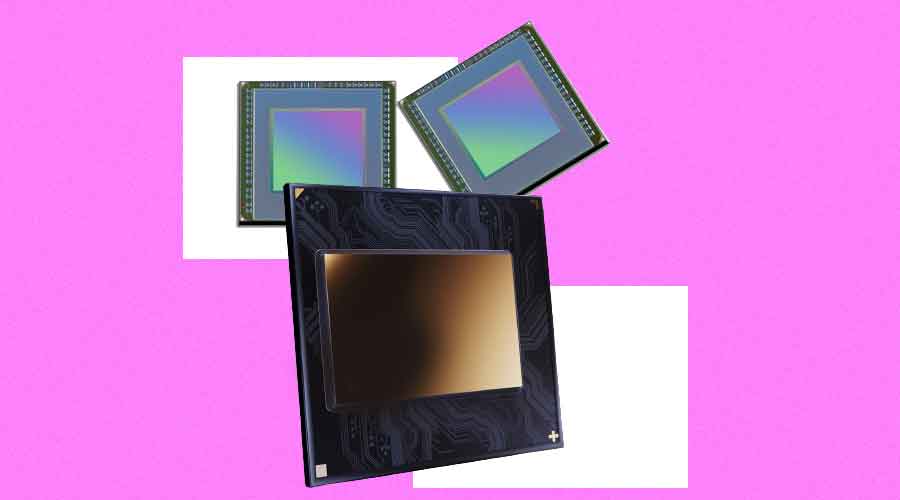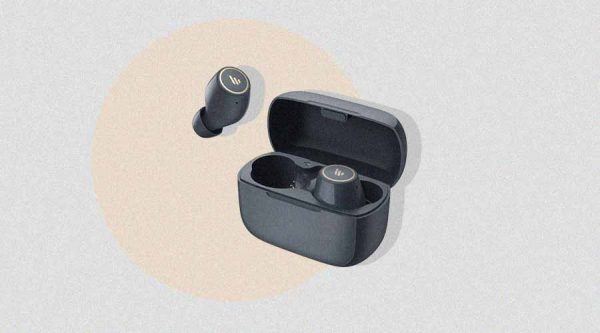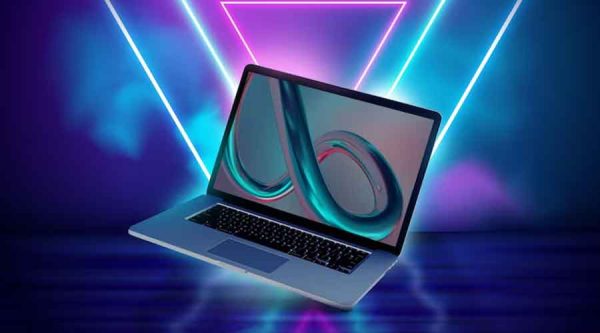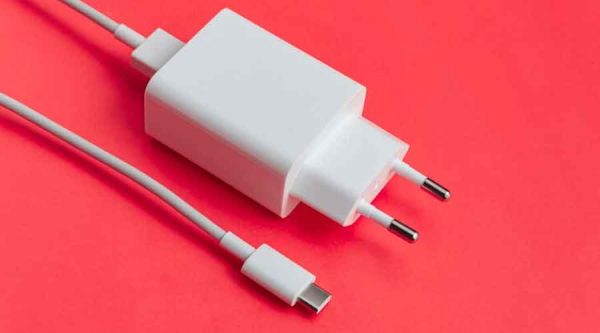
The ISOCELL Vizion Sensors, unveiled by Samsung, could revolutionize robotics and extended reality (XR)
New ISOCELL Vizion sensors, the ISOCELL Vizion 63D time-of-flight (ToF) sensor, and the ISOCELL Vizion 931 global shutter sensor were unveiled today by Samsung Electronics, a global pioneer in innovative semiconductor technology. The global shutter and ToF sensors of Samsung’s ISOCELL Vizion family were first released in 2020 to provide visual capabilities for a wide range of next-generation mobile, commercial, and industrial use cases.
Haechang Lee, Executive Vice President of Samsung Electronics’ Next Generation Sensor Development Team, stated, “Based on the cutting-edge sensor technologies, Samsung’s ISOCELL Vizion 63D and ISOCELL Vizion 931 will be essential in facilitating machine vision for future high-tech applications like robotics and extended reality (XR).” “We are dedicated to propelling the rapidly growing image sensor market forward by leveraging our rich history in technological innovation.”
ToF sensors estimate depth and distance by timing the duration of light emission from an item to its location, much like bats do with echolocation.
In particular, Samsung’s ISOCELL Vizion 63D is an indirect ToF (iToF) sensor that senses its environment in three dimensions by measuring the phase difference between emitted and reflected light. The Vizion 63D is perfect for high-resolution and accurate depth-measuring applications such as facial verification, XR devices, and industrial and service robots. Its remarkable accuracy and clarity make it an excellent choice.
The first of sensor in the market with an integrated depth-sensing hardware image signal processor (ISP) is the ISOCELL Vizion 63D. It can accurately record 3D depth information without the assistance of a second chip thanks to its novel one-chip design, which allows for a 40% decrease in system power consumption over the previous ISOCELL Vizion 33D product. Additionally, the sensor can process images at up to 60 frames per second at QVGA resolution (320 x 240), an extremely popular display resolution in the business and industrial sectors.
The ISOCELL Vizion 63D is a perfect fit for small, portable devices since it has a high Video Graphics Array (VGA) resolution of 640×480 within a 1/6.4″ optical format, thanks to its smallest 3.5-pixel size in iToF sensors an industry-first.
The Vizion 63D sensor has the highest degree of quantum efficiency in the industry, reaching 38% at an infrared light wavelength of 940 nanometers (nm), thanks to backside scattering technology (BST), which improves light absorption. This makes it possible to have less noise and more light sensitivity, which leads to sharper images with less motion blur.
Additionally, the ISOCELL Vizion 63D’s measurable distance range has been greatly increased from five meters to ten thanks to the support for both flood (high-resolution at short range) and spot (long-range) lighting modes.
A global shutter image sensor designed to capture fast motions without the “jello effect” is the ISOCELL Vizion 931. Global shutter sensors, which mimic human vision, capture the entire image at once or “globally,” in contrast to rolling shutter sensors, which scan the scene line by line from top to bottom in a “rolling” motion. Due to its ability to capture clear, distorted images of moving objects, the ISOCELL Vizion 931 is a great choice for motion-tracking applications in XR gadgets, gaming systems, robotic service and logistics, and drones.
Designed in a one-to-one ratio VGA resolution (640 x 640) that packs more pixels in a smaller form factor, the ISOCELL Vizion 931 is optimal for iris recognition, eye tracking as well as facial and gesture detection in head-mounted display devices like XR headsets.
The ISOCELL Vizion 931 also achieves the industry’s highest level of quantum efficiency, delivering an impressive 60% at 850nm infrared light wavelength. Combining the BST technique from the ISOCELL Vizion 63D with Front Deep Trench Isolation (FDTI), which adds an insulating layer between pixels to optimize light absorption, allowed for this accomplishment.
With the Vizion 931’s multi-drop capability, four cameras may be easily connected to the application processor with just one wire. For device producers, the sensor offers more design flexibility because it requires less wire.
Samsung ISOCELL Vizion 63D and ISOCELL Vizion 931 sensors are currently being sampled by OEMs worldwide.



